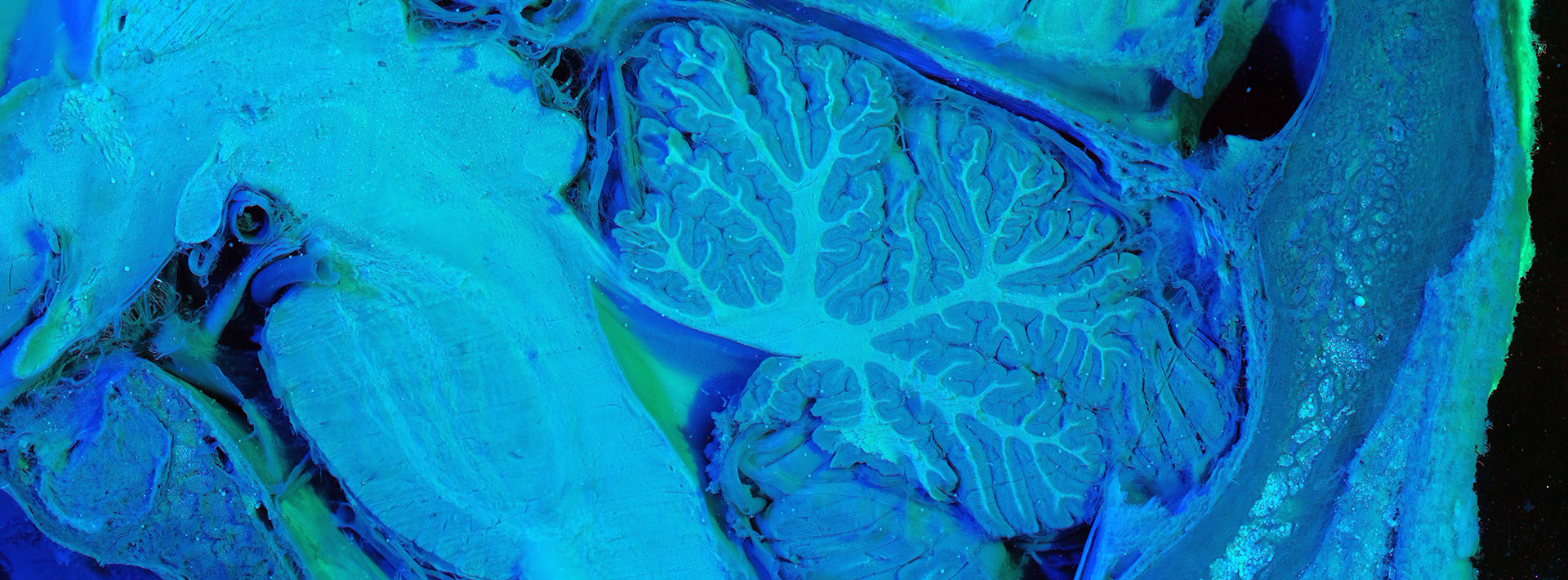Data
Official data in SubjectManager for the following academic year: 2023-2024
Course director
-
Dr. Balázs GASZNER
associate professor,
Department of Anatomy -
Number of hours/semester
lectures: 12 hours
practices: 0 hours
seminars: 0 hours
total of: 12 hours
Subject data
- Code of subject: OAE-2DA-T
- 1 kredit
- General Medicine
- Elective modul
- spring
OAA-AA2-T completed , OAA-NEA-T parallel
Course headcount limitations
min. 5 – max. 60
Topic
Demonstration of thoracic, abdominal, pelvic and the intra-cranial anatomy by computer tomography (CT), magnetic resonance imaging (MRI), ultrasound and radioactive isotope imaging techniques. The applications of these iconographic techniques in internal medicine, obstetrics, gynecology, neurology, urology, and neurosurgery will be presented. The aim of the course is to demonstrate the high importance of anatomical knowledge in modern medicine, and call attention to contemporary imaging techniques in the clinical practice.
During the interactive lessons, students will practice the use of anatomical nomenclature, deepen their knowledge in the sectional anatomy, and will also receive additional help in passing the exams of the obligatory anatomy subjects, especially the neuroanatomy final exam, by reviewing the material of the previous semesters. The course contributes to the deepening of anatomical knowledge and the acquisition of clinical insight in clinical practice by reviewing the theoretical anatomical principles from a clinical perspective. The comparison of two-dimensional sectional anatomical diagrams and sections visualized by imaging techniques, as well as the virtual fitting of sections/images taken in several different planes, will provide the opportunity to visualise the spatial relationship of structures in three dimensions and to deepen the ability to see in space.
Lectures
- 1. Topography of thoracic organs in horizontal, frontal and sagittal planes - Dr. Gaszner Balázs
- 2. Investigation of the moving heart and its valves by modern imaging techniques - Dr. Habon Tamás
- 3. Topography of abdominal organs in horizontal, frontal and sagittal planes - Dr. Gaszner Balázs
- 4. Diagnostic labyrinth of bodily cavities - Dr. Battyáni István
- 5. Topography of pelvic organs in horizontal, frontal and sagittal planes - Dr. Gaszner Balázs
- 6. Imaging techniques in the urological practice - Dr. Pytel Ákos
- 7. Use of ultrasound imaging techniques in obstetrics - Dr. Farkas Bálint
- 8. Anatomy of the head and neck in CT and MRI images - Dr. Gaszner Balázs
- 9. The anatomy of pain as seen by magnetic resonance imaging (fMRI) - Dr. Ács Péter
- 10. Clinical anatomy in the ENT field. - Dr. Piski Zalán Szabolcs
- 11. Imaging of the central nervous system using techniques of nuclear medicine - Dr. Molnár Tihamér Szabolcs
- 12. Modern imaging techniques in neurosurgery - Dr. Fehér Máté
Practices
Seminars
Reading material
Obligatory literature
Literature developed by the Department
Notes
Recommended literature
Csillag András: Anatomy of the Living Human. Atlas of Medical Imaging, Köenemann, Köln, 1999.
Han/Kim: Sectional Human Anatomy, Ilchokak: Seoul; Igaku - Shoin: New York-Tokyo, 1989 or later editions
Weir, J. et al: Imaging Atlas of Human Anatomy, 4th ed., Mosby, Elsevier 2010.
Mai, J.K., Assheuer, J., Paxinos, G.: Atlas of the Human Brain, Academic Press, 1997.
Visible Human (Web),
http://an-server.pte.hu
Conditions for acceptance of the semester
Writing two successful tests and attendance at 75% of the lectures.
Mid-term exams
A student who missed the test for an unforeseen situation (e.g. a justified health problem) or for a justifiable reason (certified absence due to official/family reasons) will be given the opportunity to take a make up test at an individually agreed time.
Making up for missed classes
None.
Exam topics/questions
No exam questions available.
